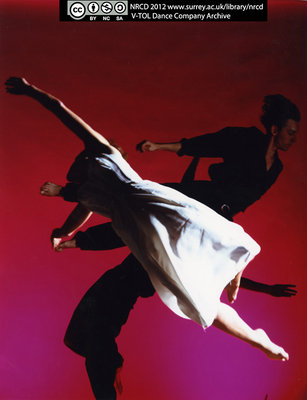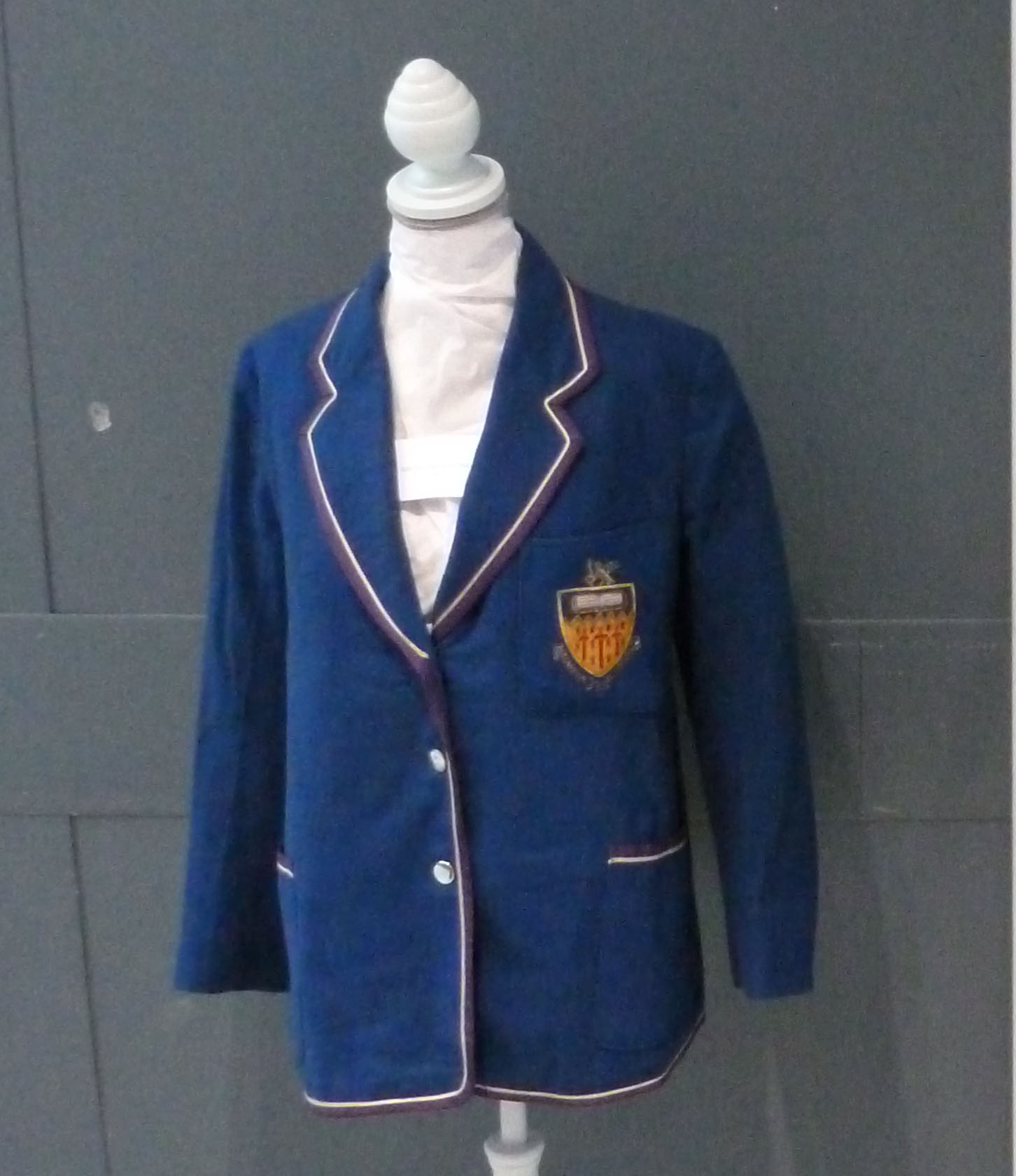In thinking about our collections and their care for Explore Your Archive week, it struck me that the journeys items take to get to the archive are diverse.
University of Surrey holds a broad array of archives and special collections, from the University’s own institutional archive, to three collections related to illustrator E H Shepard, a significant number of dance and movement collections and several other special collections with a variety of foci.
For the University Archive, materials are accumulated to support the continued growth of our tangible institutional heritage. We have transfers from academic and administrative departments, some regular others as bulk deposits. Staff and alumni from both Surrey and its predecessor organisation Battersea Polytechnic gift us items from their teaching or student days including photographs, lecture notes and items of clothing such as blazers and scarves.
We receive bequests, the most recent of these from a previous professor of the University who gifted us an original piece of artwork for The Wind in Willows knowing that we had the E H Shepard Archive. Some bequests are significantly larger, like the Thomas Farrer Collection, a Victorian Gentleman’s library comprising of over 2,000 volumes which came from his descendants at Abinger Hall near Guildford. We’ve also had unexpected arrivals as part of someone’s Will, such as a collection of scrapbooks and photographs related to choreographer and dancer Leonide Massine.
Sometimes items are generated through heritage or research projects. These might include oral history interviews, for instance those gathered through the Remembering Battersea or Pioneer Women projects, or documents and artefacts gifted by professionals involved in the project. Raised awareness of an area of heritage often generates further interest in the subject and encourages donations.
Frequently donors approach us; reasons are varied and the scale of offers differs greatly. It may be they no longer have use of a small collection of books or theatre programmes, that they are down-sizing and have less space or that they are actively thinking about preserving the materials they have generated throughout their career. Even when people have made the decision to donate their collection, it can take a while to actually hand over; perhaps because a level of organisation is required by the donor or just that it is difficult letting go of one’s life’s work or dedicated collecting habit. We have some collections that we think of as ‘living’ archives; that is, they are being added to because the person or organisation is still operating and generating content. Also, a number of complementary subscriptions to dance journals support the growth of this collecting area.
Sometimes approaches are mediated by others, perhaps practitioners aware of our specialisms or University academics who consider a collection has significance to their discipline. Collections like this include the Maurice J Summerfield Collection relating to all things guitar (playing, composition, construction) facilitated by a Music professor and the Nursing Ethics Heritage Collection which came to us through links with the University’s International Care Ethics Observatory.
We have found ourselves making last minute rescue missions when collections are offered in difficult circumstances. For example, my predecessor spoke of being contacted back in 1991 and told that if we didn’t come and get the archive of Extemporary Dance Theatre it was going in a skip! Of course she made the mercy dash. I myself have trundled to Birmingham in a transit van to gather records of Kokuma Dance Theatre, Britain’s first Afro-Caribbean dance company, which was closing down, or cleared offices of companies that lost their funding, or struggled to park in central London to clear an artist’s studio before they sadly went into a care home.

Ref No: VT/F/1/114. Mark Murphy, artistic director of V-TOL Dance Company actively chose to close his company and seek new ventures.
It is important to note that we don’t take everything we are offered. We assess whether it fits with our collection development policy and what potential there is for both research and teaching using the collection. If we feel we are not the most appropriate place we make suggestions for other possible homes.
Sometimes we proactively approach donors. This tends to be where we know there are materials which will complement our existing collections’ focus or where valuable materials are at risk of being lost.
Although not our usual practice, we recently accepted two collections as Deposits on Loan. As they both relate to E H Shepard, an exception was made. The first is a large proportion of The Shepard Trust’s collection reflecting Shepard’s experiences as a soldier during WWI; it complements our own E H Shepard Archive which contains a significant volume of Shepard’s personal items. This summer publisher Egmont UK Ltd deposited their collection of artwork and correspondence related to Winnie-the-Pooh and The Wind in the Willows. This collection predominantly focuses on the first colour editions of these publications for which Shepard hand-coloured copies of his original drawings in the early 1970s, it is a stunning collection.
These are just some of the routes that archive materials take to us; it has been interesting to reflect upon the different scenarios we find ourselves dealing with in building our collections!



